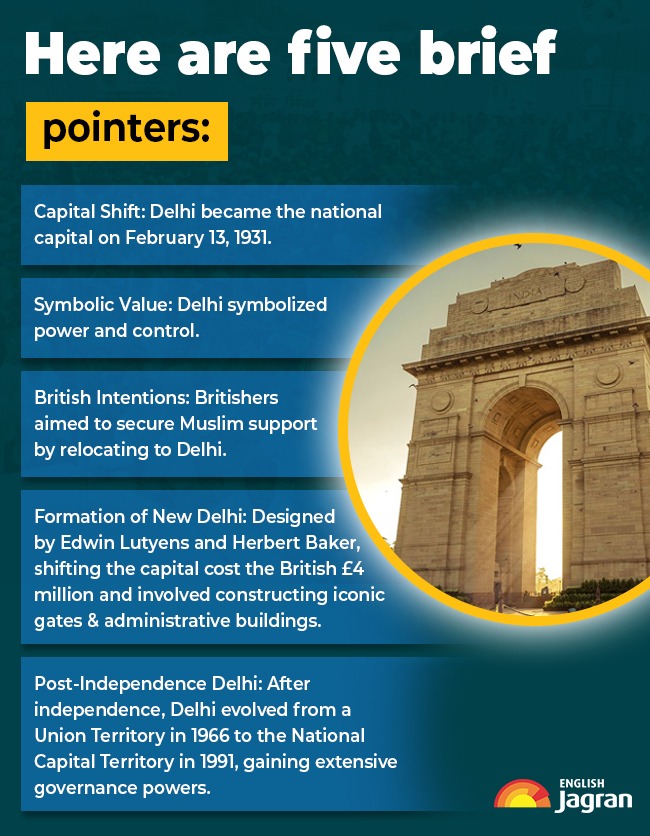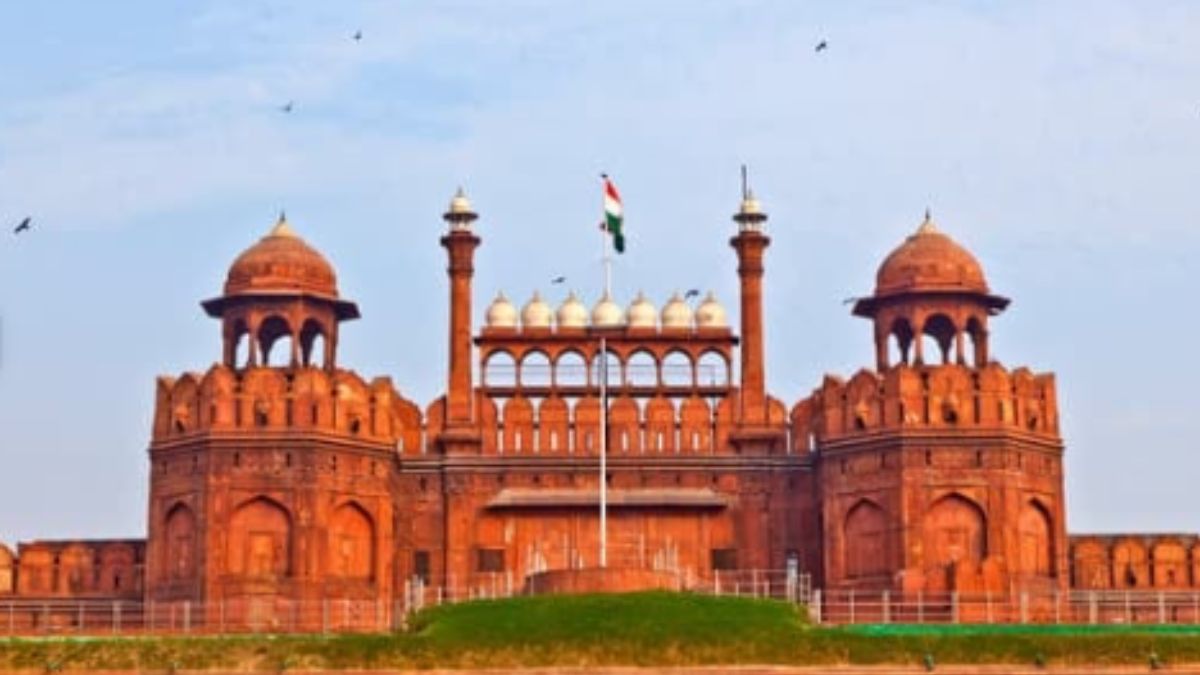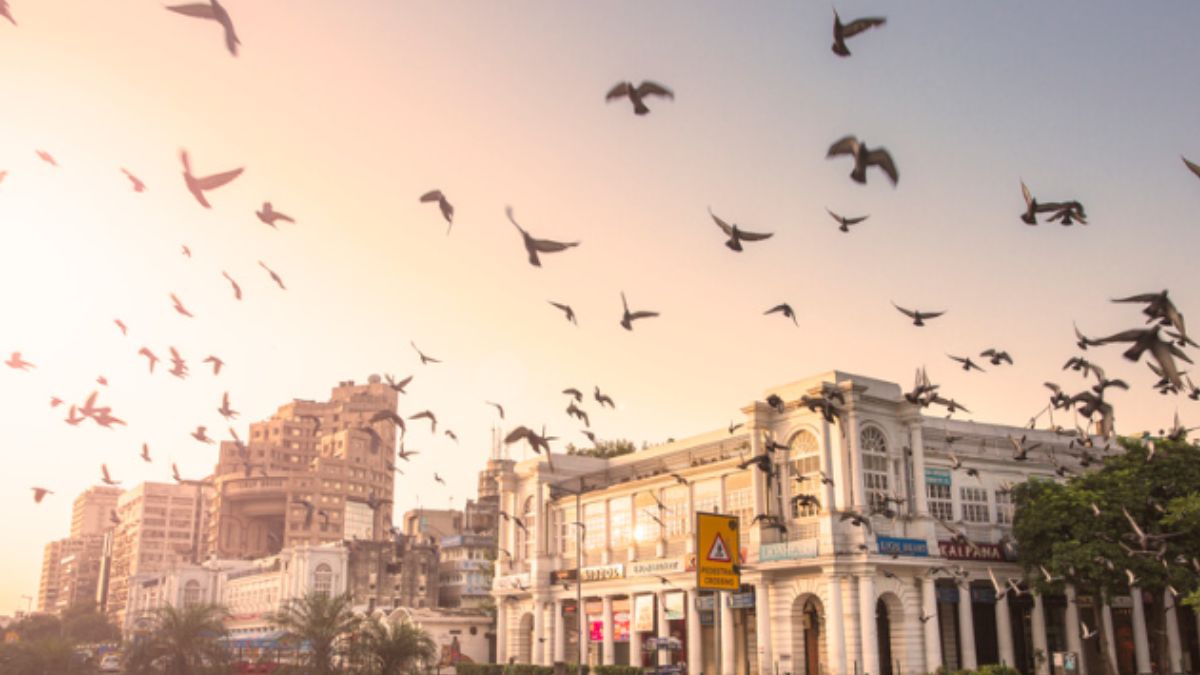- By Anushka Vats
- Fri, 13 Dec 2024 06:05 PM (IST)
- Source:JND
We all are well aware of the fact that Kolkata was the capital of India before Delhi. But do you know how, when, and why did the national capital of the country change? Let's take a look back into history. While the foundation of the new capital of India was laid on December 12, 1911, by King George V, Delhi officially became the national capital of India on February 13, 1931.
There were several reasons behind Delhi being made the national capital, including the fact that it was the financial and political centre of many empires that had ruled India earlier. Another reason was its more accessible location and easier connectivity as compared to Calcutta (Kolkata), which lay in the eastern corner of the country.
During the early 1900s, a proposal to shift the national capital of India from Calcutta to New Delhi was presented to the British government. The British administration felt that Delhi, located in the heart of northern India, would make it easier to rule the country.
According to a 2006 article, 'New Delhi: Imperial Capital to Capital of World’s Largest Democracy' by Suoro D Joardar, professor in the School of Planning and Architecture in New Delhi, Delhi "carried in the minds of the colonial rulers a symbolic value- as the old saying goes: 'he who rules Delhi rules India'- a realisation of the Indian ethos, especially across northern and central India, enhanced during royal contact with the innumerable minor and major princes."

According to a report by the Indian Express, the British also hoped to gain Muslim support by moving to a site that had historically been the hub of the Pathan and Mughal empires.
Formation Of Delhi
Shifting the entire administration to India's new national capital from Calcutta cost an amount of four million British pounds to the Britishers, according to a report by India Today. A total of 14 walled gates would protect the city during the initial times including Ajmeri Gate, Lahori Gate, Kashmiri Gate, Delhi Gate, and Turkman Gate.
Large sections of New Delhi were designed by British architects Edwin Lutyens, who visited the city for the first time in 1912, and Herbert Baker, both major figures in 20th-century architecture.

(Indian flag hoisted at Red Fort in New Delhi; Credits: Canva)
Delhi After Independence Of India
The independence of India marked significant changes in Delhi. Post-independence, the national capital was administered by a Chief Commissioner appointed by the Government of India. Delhi got the union territory tag in 1966, after which the Chief Commissioner was replaced by a Lieutenant Governor.

(Connaught Place, New Delhi; Credits: Canva)
The Constitution (Sixty-ninth Amendment) Act, 1991, officially changed the name of the Union Territory of Delhi to the National Capital Territory of Delhi. A new system was introduced, granting extensive powers to the elected government, while law and order remained the same under the Central Government's jurisdiction. In 1993, the law came into effect.
Chaudhary Brahm Prakash Yadav of the Indian National Congress was the first Chief Minister of Delhi on March 17, 1952.

